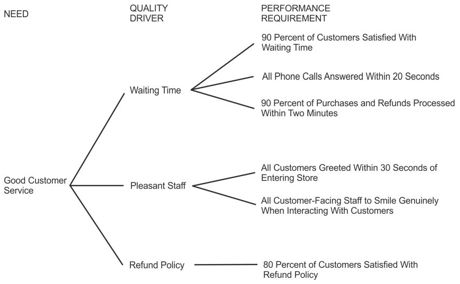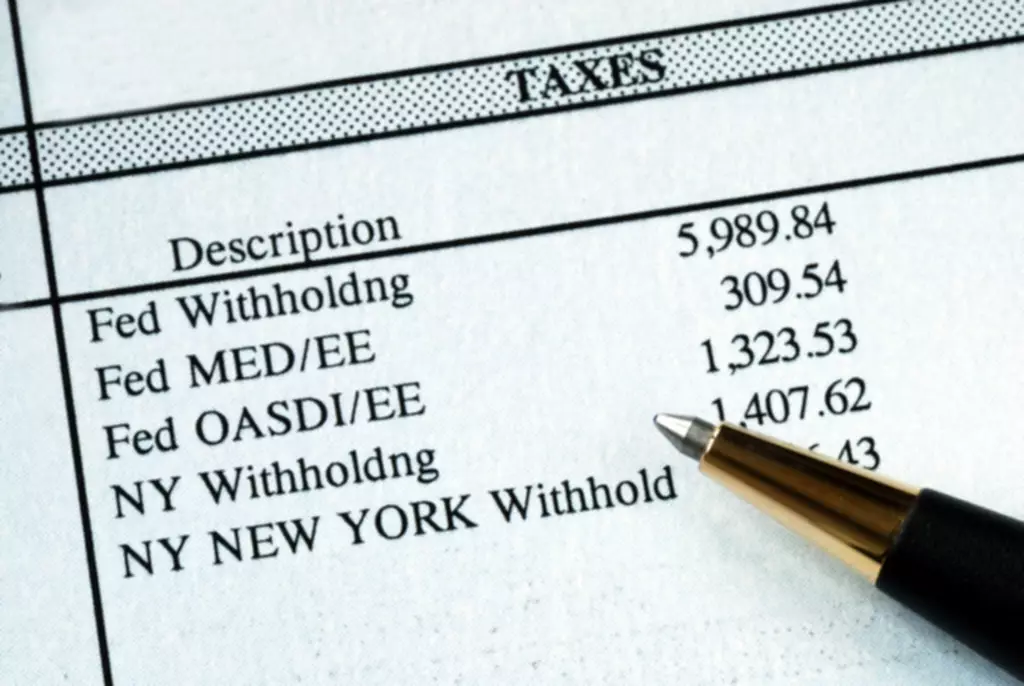
Improve the prioritization of customer calls, reduce days sales outstanding, and watch productivity rise with more dynamic, accurate, and smarter collection management processes. Basically, to close a temporary account is to close all accounts under the category. The accountant then needs to make a debit of $5,000 from the drawings account and a credit of the same amount to the capital account. This account tracks payments made in advance for goods or services that have yet to be delivered. After delivering the goods or services, the unearned revenue account will be shifted into a revenue account.
Expense accounts are the accounts that decrease owner’s equity due to expenses related to day-to-day operations. The owner’s drawing account is the account that tracks the amount of money taken out of the company for the owner’s personal use. Making informed decisions can help firms if they are aware of permanent and temporary accounts.
What Are Temporary Accounts in Accounting?
Purchases account is a temporary account used to record the cost of goods or materials purchased by a business during an accounting period. At the end of the period, its balance Temporary accounts is transferred to the Cost of Goods Sold (COGS) account. These are the accounts in which the transaction of all expenses made by the company’s business are recorded.
Review of the New York City Department of Homeless Services … – New York City Comptroller
Review of the New York City Department of Homeless Services ….
Posted: Mon, 21 Aug 2023 10:35:51 GMT [source]
Working capital, cash flows, collections opportunities, and other critical metrics depend on timely and accurate processes. Ensure services revenue has been accurately recorded and related payments are reflected properly on the balance sheet. Temporary accounts can last for a quarter or a year, depending on the organization’s needs. Quarterly temporary accounts are useful for monitoring financial success and tax payments.
What Happens When a Business Revenue Account Is Closed?
In a business, there are many different types of accounts that can be used to manage finances. The definition of a temporary account is an account whose balance is not carried over at the end of every accounting year and thus begins the new year with zero balance. The primary use of a temporary account is to show how any draws, expenses, and/or revenue have affected an equity account.
This is especially important for small enterprises, which may need large sums of money when making expensive acquisitions or investments. Companies can develop ways to efficiently plan and manage their cash flow, which can lead to profitability by being aware of permanent and temporary accounts. A temporary account may be kept for a year or even a quarter, although there is no specific fiscal period for doing so.
Permanent accounts examples
The choice between temporary and permanent accounts is not a matter of preference—it’s determined by the nature of the transaction. Misclassifying transactions can lead to inaccurate financial reports, which can mislead decision-makers and potentially violate regulatory standards. Temporary accounts record transactions within a single accounting period, while permanent accounts maintain a record over multiple periods. To avoid the above scenario, you must reset your temporary account balances at the beginning of the year to zero and transfer any remaining balances to a permanent account. Either way, you must make sure your temporary accounts track funds over the same period of time.
Knowing how to classify accounts correctly gives business owners a better understanding of how their operations are performing. It allows them to identify areas for improvement and develop strategies for increasing efficiency and profitability. Temporary accounts also help to record estimated amounts for future transactions that have not yet occurred to provide insight into potential future expenses or income. Knowing this information can help businesses make more informed decisions about allocating resources. Understanding the various types of accounts will enable auditors to carry out more accurate and reliable financial audits. Their ability to offer accurate financial analyses, which are essential for maintaining solid relationships with investors, lenders, and other interested parties, is made possible by this expertise.
What Are Good Examples of Permanent Accounts?
With fully automated accounts receivable and accounts payable operations, you don’t have to worry about oversights that will derail your company’s financials. Invoiced offers accounts receivable automation software and accounts payable automation software. Streamline invoice management, get custom performance reports, and integrate with your other systems, all online and in one place.

Company X extends long-term credit to its clients; therefore, it monitors its accounts receivables closely. The accountant records a closing balance of $108,000 at the end of the quarter. When the next quarter begins, the accounts receivable records will commence with a starting amount of $108,000, carrying forward the balance from the previous period. This continuity ensures accurate financial tracking and reporting for Company X. At the end of an accounting period, the balance in a temporary account is not carried forward. Any remaining funds in the account are then transferred to a permanent account, with the necessary financial documentation created to demonstrate the transaction.
When preparing these statements, you must ensure that all Reports are accurate and up-to-date. It will help you make informed decisions about your business’s future performance. By monitoring these accounts closely, you can identify potential issues early on and address them accordingly. One interesting fact however is that all the temporary accounts ultimately end up in entity’s capital or retained earning (or losses). Just like profit after tax (or net profit) calculated at the conclusion of income statement is transferred to equity in the end. And process of closing down temporary accounts completes when the net profit or net loss is transferred to equity in the balance sheet from income statement or statement of comprehensive income.
Temporary accounts are accounts that are designed to track financial activity for a specific period of time. In order to have accurate financial statements, you must close each temporary account at the end of the accounting period. Temporary accounts in accounting are used to record financial transactions for a specific accounting period. At the end of that period, all balances in temporary accounts must be transferred to permanent accounts. In contrast to a temporary account, the balances of permanent accounts, also known as real accounts, carry over from one reporting period to the next.
Temporary accounts, also known as nominal accounts, are those where the balance goes to zero before starting the next accounting period. The most common accounting period for small businesses is the fiscal year. Just as a backbone provides essential support to the body, permanent accounts offer foundational stability to a business’s financial structure. They record the long-term financial activities of a business, creating an ongoing narrative of its economic health. Accounting, often referred to as the “language of business,” uses a variety of terms and concepts.
- Temporary accounts are when the balance is not carried forward at the end of an accounting period and which are later tied to a certain fiscal term.
- Subtracting your expenses from your revenue leaves you with a balance of $1,700, which is what you will need to transfer out of the income summary account into the capital account.
- Other examples of permanent accounts are—asset, liability, equity, accounts payable, inventory, and investments.
- Secondly, the purpose of temporary accounts is to record income and expenses for a specific period; this means that the details collected in these accounts may not be relevant after the period has ended.
The principle of consistency should also be maintained to ensure accurate comparisons over different accounting periods. Equity accounts represent the residual interest in the assets of an entity after deducting liabilities. Essentially, it’s what’s left for the owners if the company were to pay off all its liabilities. It includes common stock, retained earnings, and other comprehensive income. Temporary accounts, true to their name, do not carry forward their balances to the next accounting period.

This is done by making a debit entry of $5,000 in the income summary, bringing that balance also to zero. Temporary accounts, also known as nominal accounts, are financial accounts used to record specific transactions for a fixed period. These accounts are set to zero at the start of each accounting period and are closed at its end to maintain an accurate record of accounting activity for that period. A temporary account, as mentioned above, is an account that needs to be closed at the end of an accounting period. It aims to show the exact revenues and expenses for a company for a specific period. A temporary account is an account that is closed at the end of every accounting period and starts a new period with a zero balance.





